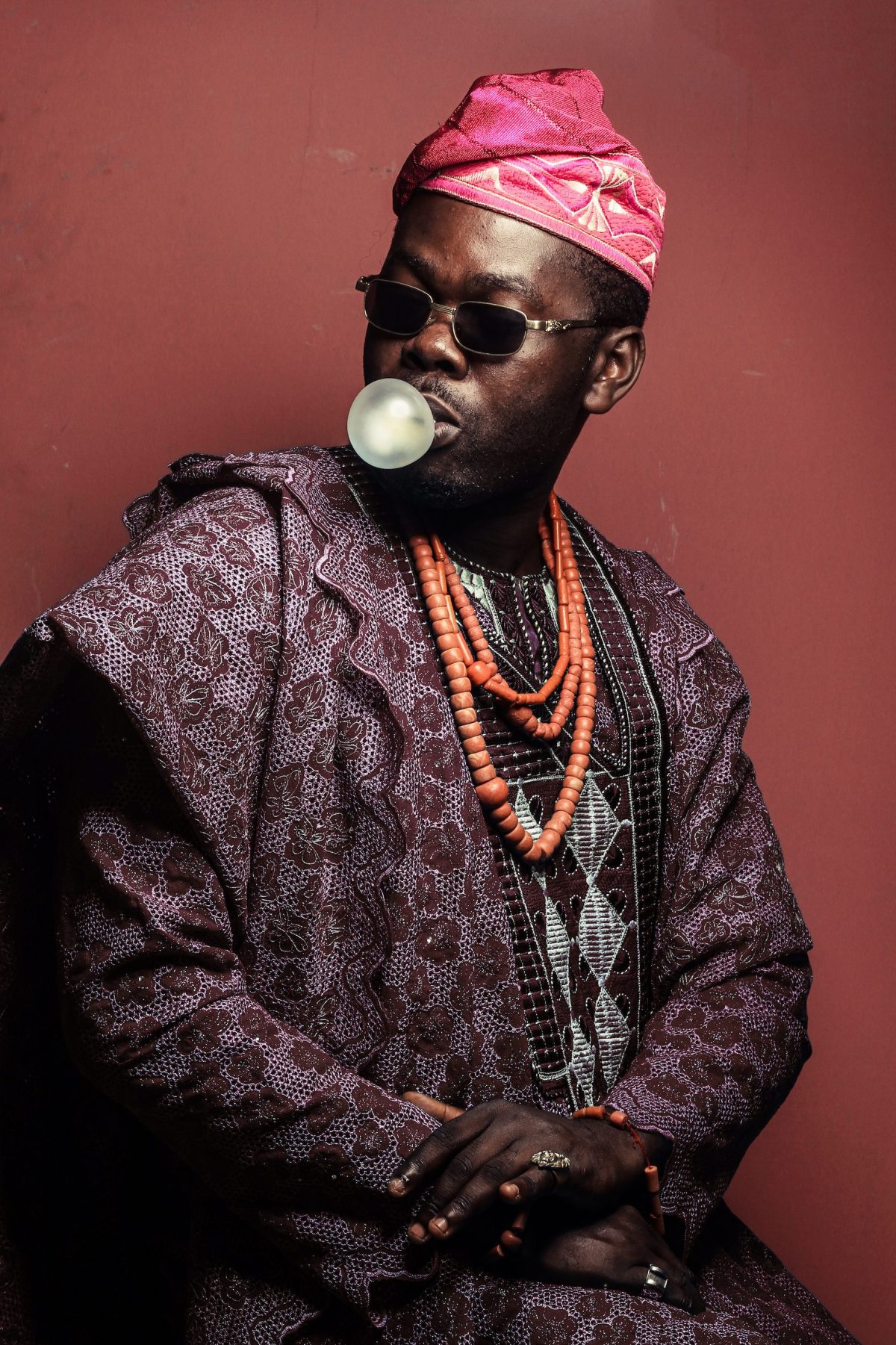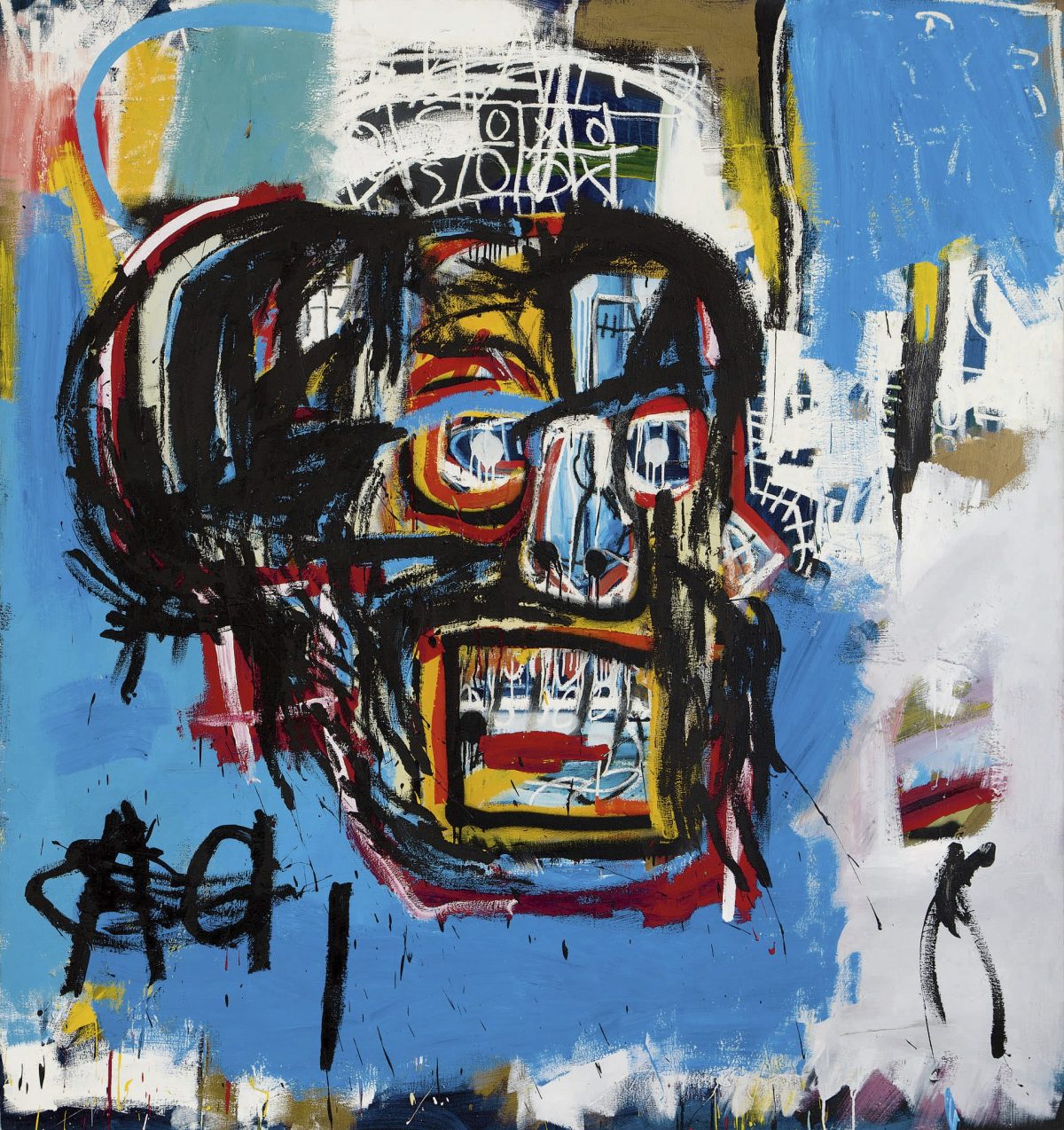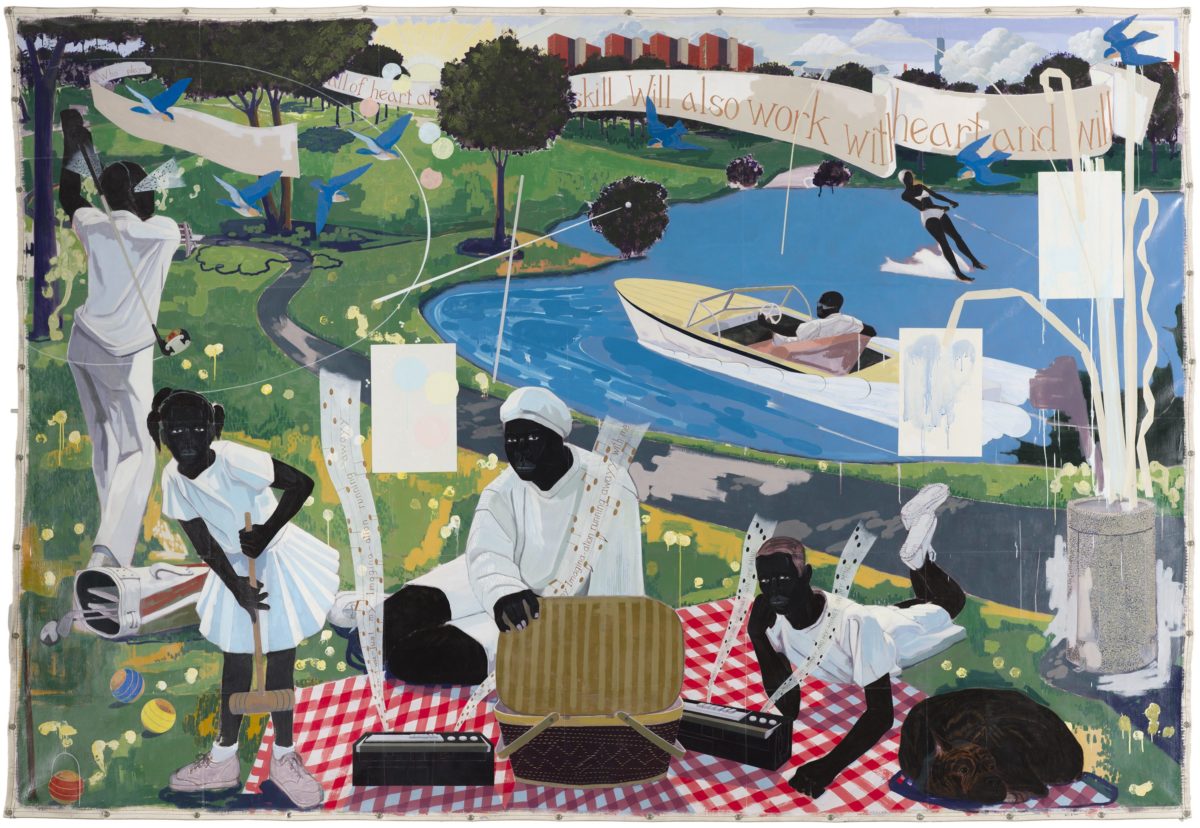The Future of Art
With the ever-changing climate, political, socio-economical, and global, the future is uncertain. However these things are clear: climate change, shifting demographics, and geopolitics are shifting rapidly. We can rest assured knowing that there will be changes. It’s worth considering how artists will respond to these changes. As well as what purpose art serves, now and in the future.
Reports suggest that by 2040 the impacts of human-caused climate change will be inescapable. Making it the big issue at the center of art. Art could become more collective and experiential. With political movements and environmental issues taking center stage. The Instagram age for digital art could change from being visible online for all to see to anonymity becoming more desirable than fame.
Art inclusivity

Curator Jeffreen M. Hayes, suggest that “ art in 20 years will be much more fluid than it is today,”. “In the sense of boundaries being collapsed between media. Between the kinds of art that are labeled art, in the traditional sense. I also see it being much more representative of our growing and shifting demographics, so more artists of color, more female-identified works, and everything in between.” He continued.
Some curators look at African Art and artists as the future of art. These artists from African, African-American, Afro-European, and Afro-Latin descent are trending globally. The recent showing at the 2019 Venice Benniale marked an opening to African diaspora artists. Artists are challenging the old social norms through different artistic mediums, and are all on center stage.
Activism
Activism-art campaigns are another trend in the art world. Activist- artists are revealing the power dynamics and unseemly cost that it takes to operate within the art world. Decolonize This Place, a group of artists and activists describing themselves as an “action-oriented movement centering around Indigenous struggle, Black liberation, free Palestine, global wage workers, and de-gentrification protested against the New York’s Whitney Museum of Art vice-chairman Warren B Kanders. Kanders owns a company that manufactures military supplies currently being used to tear-gas people around the world. The protest took place this spring, calling for the Whitney to remove Kanders. The letter produced by the group also contained over 200 signatures from artists and curators, including some of which who took part in the biennial.
Even social media is feeling the effects of activist artists. Photographer Spencer Tunick took part recently in protest at Facebook headquarters where he and the activist group The National Coalition Against Censorship (NCAC) against Facebook’s female nudity policy.
The Age of Modern Art

In 20 years, the market might not differ from what it is today. The modern painting still dominating the art scene. However, works from the second half of the 20th Century may include more women and minorities. These artists may increase in value over time as we’ve seen in the past. The 2017 sale of a painting by Jean-Michel Basquiat, Untitled (1984), set a new record for the most expensive contemporary artwork sold at auction for $110.4m. Also, the market for contemporary African and African diaspora continues to set records. Kerry James Marshall sold at an astounding $21.1m for his work” Past Times: (1997). Setting a new record for living African-American artist.
Modern art sales are still the major driver within the art world. Their sales dominating the market. Most modern paintings made during the first half of the 20th Century continue to be in high demand. And are currently the most inticing and most expensive artworks on the market.
The Future of Art
While some things may not change for the arts, others may change entirely. Museums, for example, maybe an altogether very different place from where we go today.
A museum is not just a place for the audience to visit art. It’s a platform for the artist’s voice to be heard. A museum is a place to find inspiration, where we can take refuge in, and lose ourself in the thoughts and creations of others. With those voices changing steadily museums will most likely include a more diverse selection of artwork. Which will most likely include more minorities and female artists.

“Cultural institutions and collections are highly political and have perpetuated and consolidated a very dogmatic understanding of history,” says Maite Borjabad curator at The Art Institue of Chicago. “That’s why collections like the Art Institute are the perfect material to help us rewrite histories. Plural, rather than just a history.”
In the very near future, art might not look like what we’re used too. However, it will be a reflection of our culture, and politics and environment, just as its always been. This is what makes the future of art so exciting. The ever-changing social norms and taboos shifting. Activists artists using their platform to question politics and normative social tropes. Hopeful artists exploring new mediums to create and display with. The future of art, like all things, is undetermined. It will be what we make it. Hopefully, we will make it a brave and daring one, where we use the past to better our tomorrow.